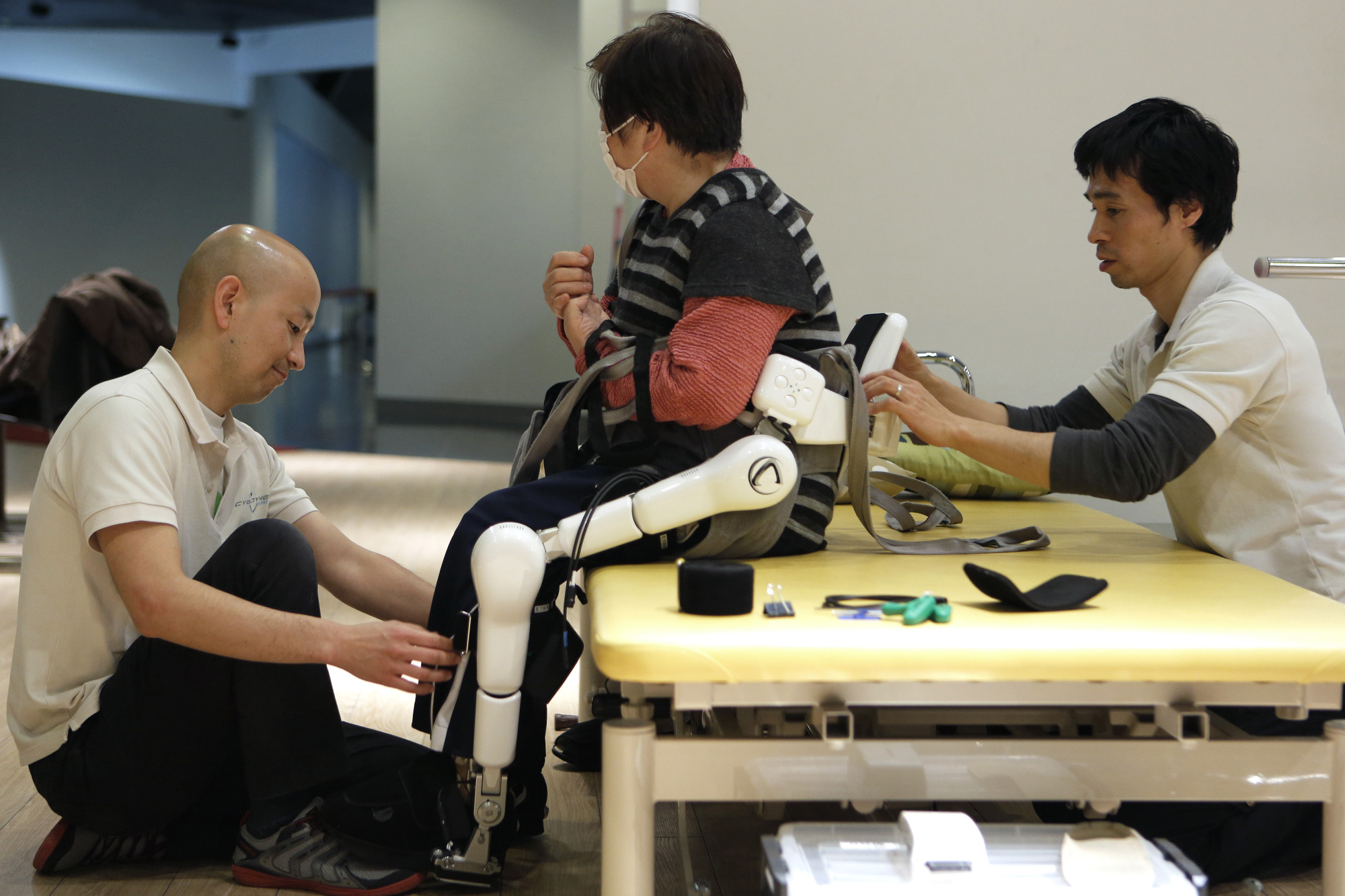Over the past few years, stakeholders in Japan — including policymakers, industry, the medical community and civil-society groups — have been advocating for a domestic "call to action" on health care innovation. Broadly speaking, they see an opportunity for Japan to engage its technical strengths in the life sciences, robotics and digital innovation in ways that merge with the country's operational strengths in process and efficiency. The ultimate objective is to harness these strengths to better care for a rapidly aging population — and in the process, also make Japan a more attractive global hub for pursuing next-level health solutions. However, realizing these opportunities will require more than just aspirational platitudes. It will require tangible and specific new policy actions.
In Japan, government agencies such as the Health, Labor and Welfare Ministry, the Ministry of Economy, Trade and Industry (METI) and the Japan Agency for Medical Research and Development (AMED) have responsibilities in this space. Japan also recently established a new governmental position — chief medical officer — that, if fully empowered, may play an important role here as well. And of course, there is also activity and dialogue through interagency collaborations, which in turn build on high-level guidance such as Japan Vision: Health Care 2035, a long-term health care policy vision led by the health minister.
The government's focus on health care innovation can be summarized in three prongs. The first prong focuses on the ways policy encourages socioeconomic approaches to increasing longevity. Improving quality of life for a population that is living longer is a critical consideration. Efforts by METI and the health ministry included increased investment in programming to prevent chronic and lifestyle diseases associated with aging.


















With your current subscription plan you can comment on stories. However, before writing your first comment, please create a display name in the Profile section of your subscriber account page.